Heart disease remains a leading cause of mortality worldwide. Often, symptoms remain subtle for years, emerging only when the condition progresses to a critical stage like a heart attack. While routine medical check-ups are essential, particularly for individuals with diabetes, high blood pressure, or obesity, the skin can also reveal important clues about your heart health. Here are seven skin-related signs that could potentially indicate underlying heart issues. It’s important to remember that these signs are not exclusive to heart disease, and a professional medical evaluation is crucial for accurate diagnosis.
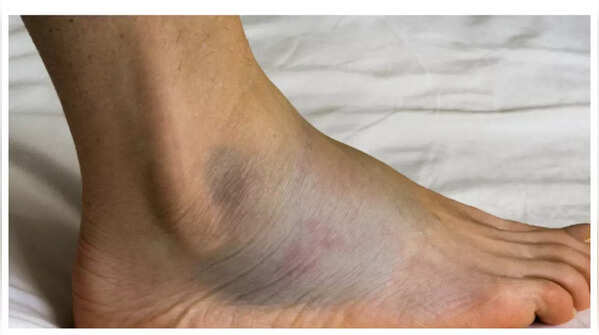
One of the more noticeable signs linked to heart disease is swelling, particularly in the feet, ankles, and lower legs. This occurs when the heart's pumping efficiency is compromised, leading to fluid accumulation in the tissues. You might observe that your shoes feel tighter than usual or notice indentations on your skin after removing socks. In severe instances, the swelling can extend to the upper legs and groin. If this swelling is accompanied by fatigue or shortness of breath, consulting a physician is advisable.
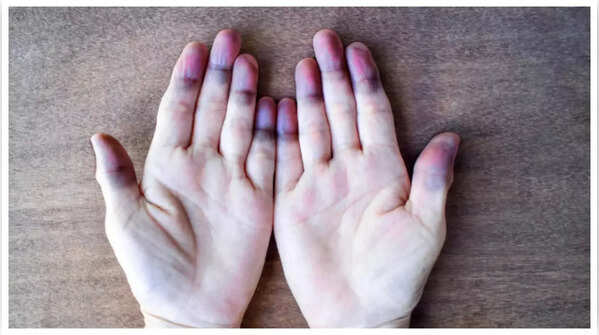
A bluish or purplish discoloration of the skin, especially in areas like fingers or toes, that doesn't return to a normal color upon warming, could suggest insufficient oxygen transport in the blood due to a struggling heart. This condition, known as cyanosis, frequently points to blood vessel blockages or compromised heart function. It requires prompt medical intervention as oxygen deprivation can cause damage to skin and underlying tissues.
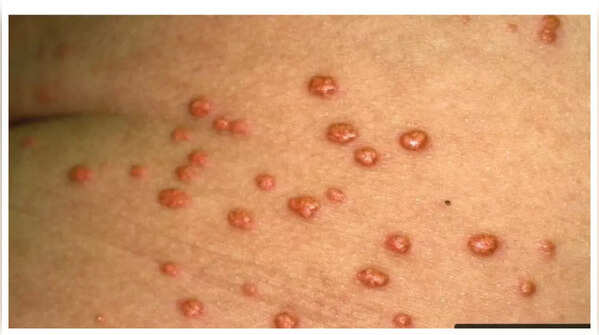
The appearance of yellowish or orange, waxy bumps or plaques on the skin, especially around the eyes, elbows, knees, or the backs of legs, may indicate elevated cholesterol or triglyceride levels in the blood. These painless fatty deposits serve as a warning sign that your cholesterol levels might be dangerously high, thus increasing your risk of heart disease. A cholesterol check is recommended if you observe these skin changes.
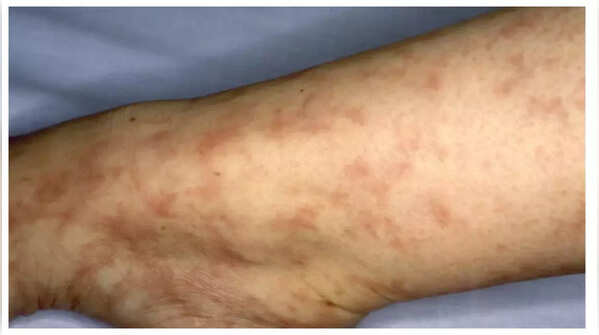
A web-like or net-like pattern of purple or blue on the skin, particularly on the legs, can be indicative of cholesterol embolization syndrome. This occurs when small arteries become obstructed by cholesterol crystals, resulting in reduced blood flow. It is not a rash or infection, and warrants immediate medical consultation due to its potential association with serious heart conditions.
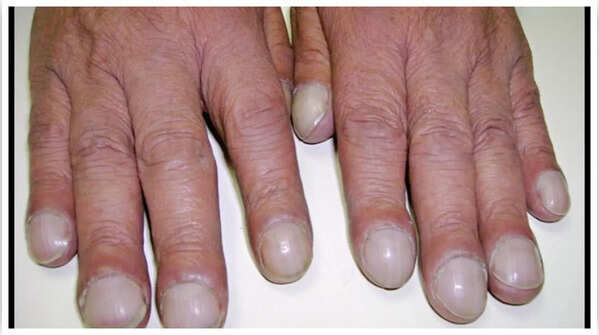
Clubbing, characterized by the rounding and swelling of the fingertips or toes, leading to a bulbous or downward-curved appearance of the nails, may signify low blood oxygen levels often linked to heart or lung diseases. Changes in nail shape over time should prompt a medical evaluation.
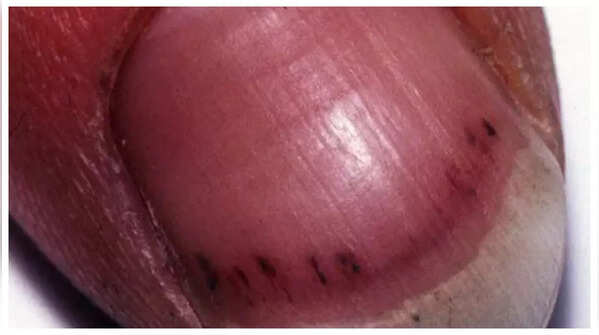
The presence of tiny red or purple lines resembling splinters beneath the nails can suggest damage to small blood vessels. These lines can be a sign of infective endocarditis, a serious heart infection. They can persist for several days and should not be ignored, especially when accompanied by symptoms like fever or fatigue.
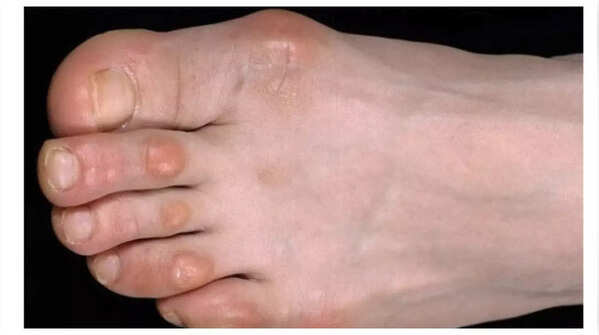
Painful, red or purple lumps on the fingers or toes, medically known as Osler nodes, can be a sign of heart infection or other underlying heart problems. These lumps may appear and disappear, lasting for hours or days. Prompt medical advice is warranted if you observe such painful bumps.
Sources: The American Academy of Dermatology, Mohs Dermatology
Disclaimer: This article is for informational purposes only and does not substitute professional medical advice. Always consult with a qualified healthcare provider for any health concerns.
Older articles
 Popular Finance YouTuber's Account Hacked, Bitcoin Scam Promoted: Security Lessons Learned
Popular Finance YouTuber's Account Hacked, Bitcoin Scam Promoted: Security Lessons Learned
 Suryakumar Yadav Sidelines After Sports Hernia Surgery: Understanding the Injury, Recovery, and Treatment Options
Suryakumar Yadav Sidelines After Sports Hernia Surgery: Understanding the Injury, Recovery, and Treatment Options
 Ashada Gupt Navratri 2025: Unveiling Dates, Timings, Significance & Secret Rituals
Ashada Gupt Navratri 2025: Unveiling Dates, Timings, Significance & Secret Rituals
 Rishabh Pant's Triumphant Return: LSG Owner Sanjiv Goenka Hails Star's Record-Breaking Performance After Near-Fatal Accident
Rishabh Pant's Triumphant Return: LSG Owner Sanjiv Goenka Hails Star's Record-Breaking Performance After Near-Fatal Accident
 Jadeja's Test Performance Criticized: Ex-India Pacer Aaron Slams Inconsistent Bowling in England Loss
Jadeja's Test Performance Criticized: Ex-India Pacer Aaron Slams Inconsistent Bowling in England Loss
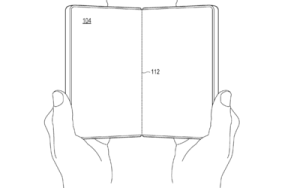 Microsoft Aims for Foldable Redemption with Novel Hinge Design to Rival iPhone and Android
Microsoft Aims for Foldable Redemption with Novel Hinge Design to Rival iPhone and Android
 Hollywood's Love Affair with India: Iconic Film Locations Revealed
Hollywood's Love Affair with India: Iconic Film Locations Revealed
 6 Yoga Poses to Naturally Support Thyroid Function and Hormonal Balance
6 Yoga Poses to Naturally Support Thyroid Function and Hormonal Balance
 Shubman Gill's Captaincy Under Fire: Bold Calls Needed After England Test Defeat
Shubman Gill's Captaincy Under Fire: Bold Calls Needed After England Test Defeat
 India vs. England: Team Preps for Second Test as Bumrah's Absence Raises Workload Management Questions
India vs. England: Team Preps for Second Test as Bumrah's Absence Raises Workload Management Questions